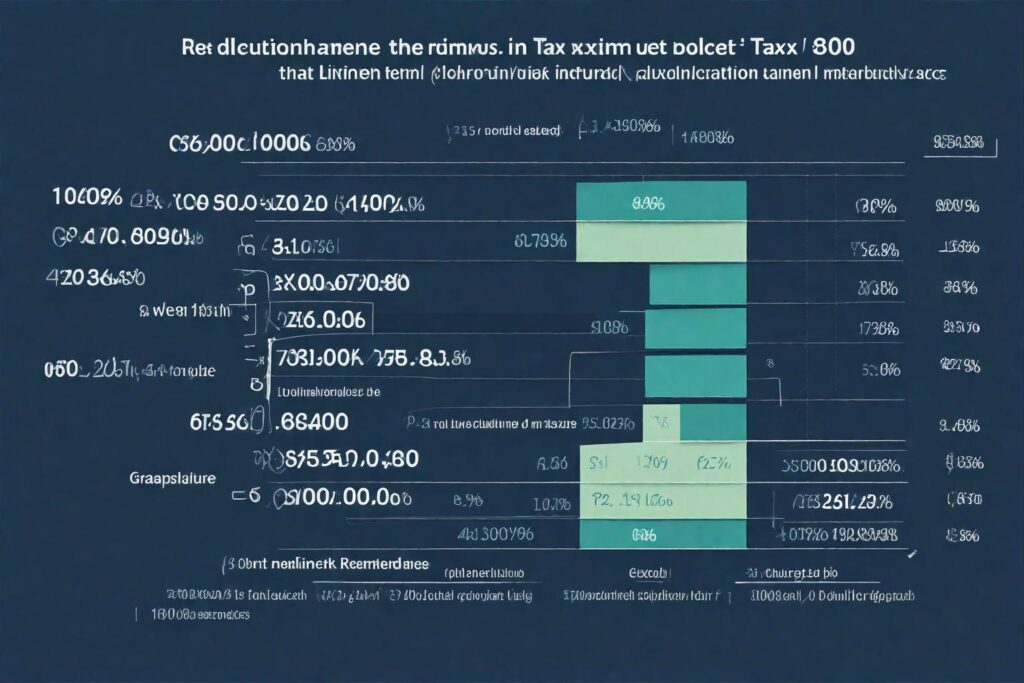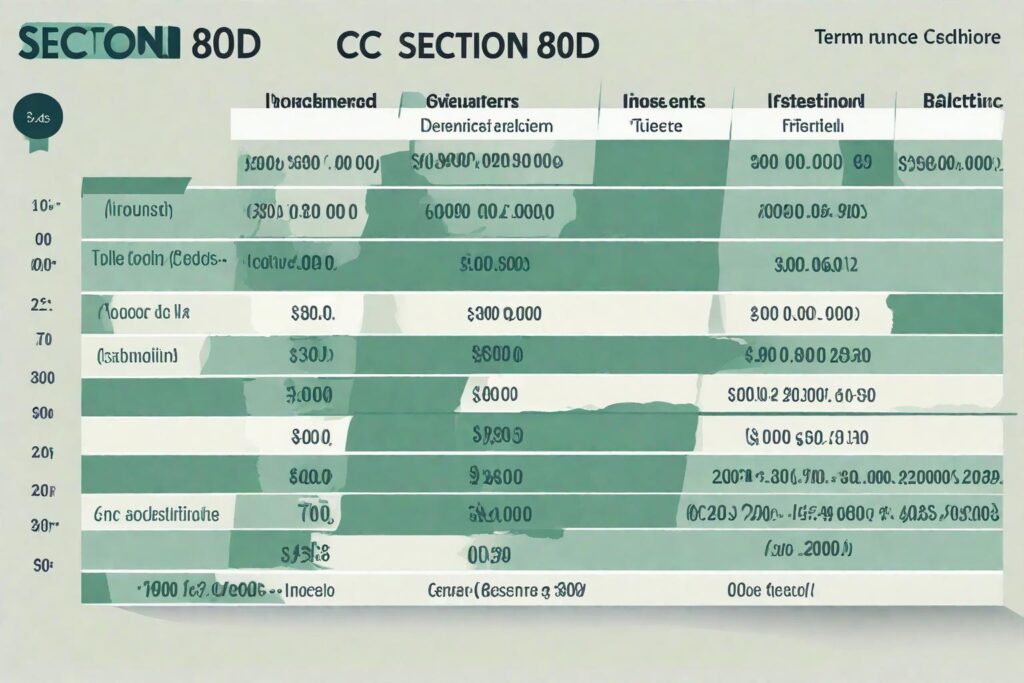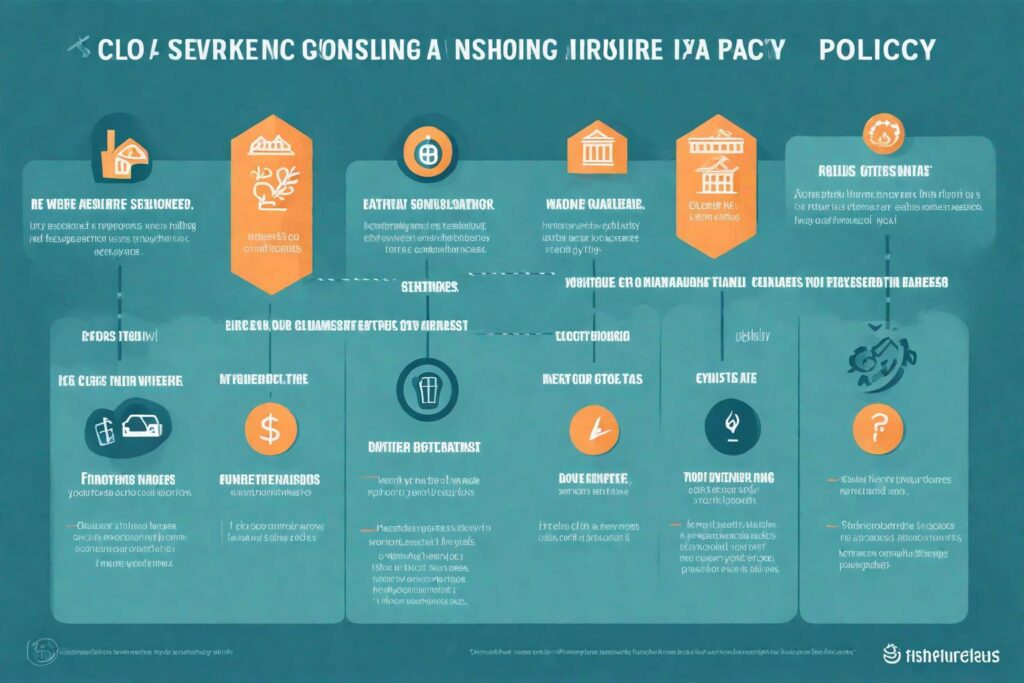Term insurance comes under which section 80c or 80d

When it comes to tax-saving instruments, term insurance often emerges as a popular choice among individuals. However, there is frequent confusion about the exact tax benefits associated with term insurance, particularly whether it falls under Section 80C or Section 80D of the Income Tax Act, of 1961. This article aims to clarify this common query, helping you understand how you can maximize your tax savings with term insurance.
Check this out also Cash book maintained to record small expenses is called: Understanding the Importance(2024,updated)
you must like this What is Lite Service in Google Pay? Your Quick Guide to Faster, without pin Payments(2024,updated)
Table of Contents
What is Term Insurance?

Before delving into the tax implications, let’s briefly understand what term insurance entails. Term insurance is a type of life insurance policy that provides coverage for a specified ‘term’ or period. If the insured person passes away during this term, the nominee receives the death benefit. The key feature of term insurance is its simplicity and the high sum assured it offers at relatively low premium rates.
Tax Benefits of Term Insurance: Section 80C

The premiums paid for a term insurance policy are eligible for tax deductions under Section 80C of the Income Tax Act, 1961. This section allows deductions on certain investments and expenses, which include life insurance premiums. The maximum limit for deduction under Section 80C is ₹1.5 lakhs per annum. This means that if you are paying a premium for your term insurance, you can claim a deduction of up to ₹1.5 lakhs, thereby reducing your taxable income.
It’s important to note that the premium must be less than 10% of the sum assured to be eligible for the deduction under this section. Also, the policy must be in the name of the taxpayer, their spouse, or their children.
Section 80D: Not Applicable for Term Insurance

On the other hand, Section 80D is specifically designed for health insurance policies. This section provides deductions for premiums paid on health insurance for oneself, spouse, children, and parents. It is important to understand that term insurance, being a life insurance product, does not qualify for deductions under Section 80D. Therefore, any premium paid towards a term insurance policy cannot be claimed under this section.
Choosing the Right Term Insurance Policy

While tax benefits are a significant advantage, they should not be the sole criterion for selecting a term insurance policy. Consider the insurer’s claim settlement ratio, policy terms, sum assured, and premium costs. Ensure that your policy adequately covers your family’s financial needs in your absence.
Conclusion
In summary, term insurance offers tax benefits under Section 80C of the Income Tax Act, not Section 80D. This distinction is crucial for taxpayers looking to optimize their tax savings effectively. By investing in a term insurance policy, not only do you secure your family’s financial future, but you also benefit from the tax deductions under Section 80C. Always consult a financial advisor to make informed decisions about insurance needs and tax planning.
Remember, a well-planned insurance portfolio is a cornerstone of sound financial health, and understanding the tax implications is a critical component of this planning process.

